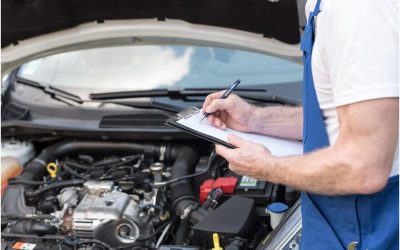In most engines, thermostat housings serve as coolant outlets and are situated either on the intake manifold or cylinder block. Typically, coolant flows out of the thermostat housing, via a big hose, and inside the radiator. The housings will hold the thermostat which regulates the coolant flow through the radiator and engine. Typically, they’re designed of aluminum, pot metal, plastic composite, or additional similar materials. Usually, the fiber gasket is used to attach the housing to the intake manifold or block, although rubber and plastic gaskets additionally exist.
Purpose of thermostat housing
The primary purpose of the thermostat housing includes containing the engine thermostat, as well as providing a coolant outlet to your radiator. Within some instances, all radiator hoses are attached to a similar appearing thermostat housing, with one housing serving as a coolant inlet and another as an outlet. Generally, the housing is the one that has a bigger bulge in which it meets the engine; it must have room for a thermostat as the additional, empty housing simply is an outlet or inlet point.
Besides holding the thermostat, the housings also may serve as a cooling system air bleed point. Thermostat housings might have bleed valves which may be loosened in order to permit the escape of air trapped inside the block.
When does it require replacement?
As a thermostat is suspected of failure and must be replaced or inspected, the housing has to be removed. Usually, it’s an easy operation, although some cars have thermostat housings which are time-consuming or difficult to reach. The best method of locating the thermostat includes following all radiator hoses to the engine and find which attaches to a removable housing. If both of the hoses attach to a removable component, there typically only will be one which appears able to contain a thermostat.
Within some cases, thermostat housings might start to leak and need to be replaced. One other reason for replacement includes if any pitting develops upon the surface of the gasket, which might be noticed as the housing is extracted in order to service the thermostat. As the coolant breaks down over a period of time it may become acidic, as well as might eat away at items such as hoses and gaskets, although it also may attack metal, like the inside elements of the water pump or thermostat housing mounting surface. As this occurs, the housing must be replaced.



